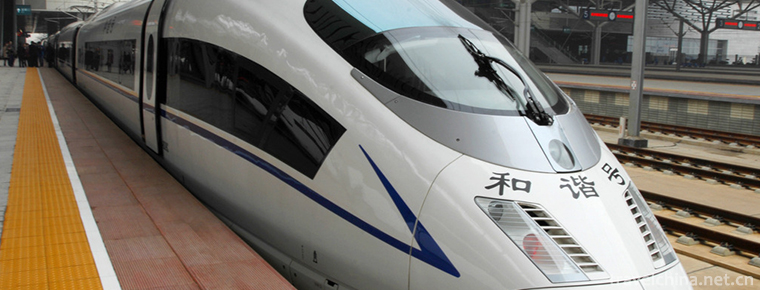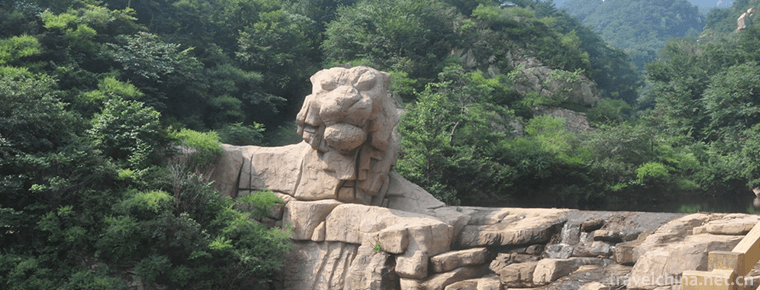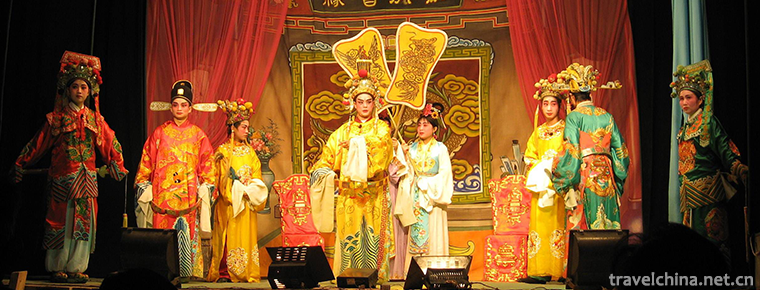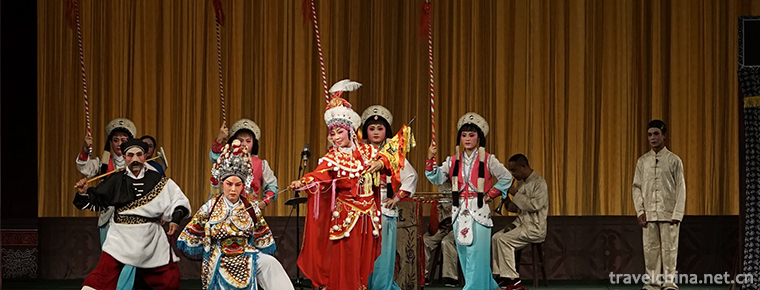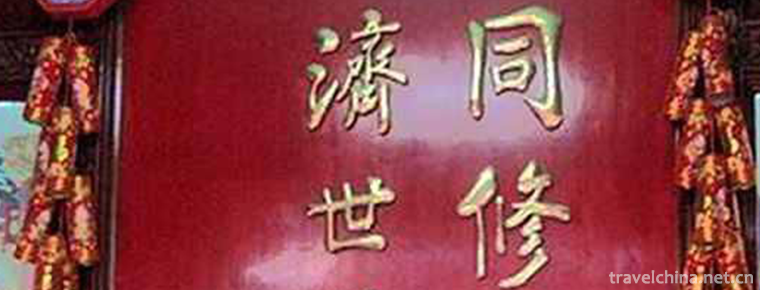Kimchi Making Skills Korean Kimchi Making Skills
Kimchi Making Skills Korean Kimchi Making Skills
Kimchi of Korean nationality is one of the traditional food with the most national characteristics of Korean nationality, and its pickling method is constantly enriched and developed. In the long history, the Korean people in China have absorbed the advantages of other nationalities'diet and made up for their weaknesses. They not only preserved the culinary habits of kimchi from their ancestors, but also created the Korean kimchi culture with Chinese characteristics.
Pickles have a long history of pickling. According to the Book of Songs, pickles made from cucumbers about 3,000 years ago are called "tobacco", which is what modern people call pickles. Ancient pickles were only salted with brine or vinegar. The collection of poems and essays "Dongguo Xiangguo" also recorded the situation of pickled radish pickles. According to the October article of the New Year Records of the Eastern Country written in the mid-19th century, pickling in summer and pickling in winter became the "big plan of a year" for every household. This custom has continued to this day in the Korean countryside of our country. Nowadays, kimchi is not only a necessary storage food for Korean people all year round, but also a favorite side dish.
There are many kinds of pickles. The names and tastes of pickles vary according to the main ingredients and accessories. There are mainly pickled cabbage, vulgar cabbage, pickled mustard, pickled radish, pickled garlic, pickled onion. Pickles with Chinese cabbage as the main ingredient include hot cabbage, hot pepper seed pickles, white pickles and so on, the most common of which is hot cabbage.
Spicy cabbage is a popular food. People can taste its delicious taste almost anytime and anywhere. But spicy cabbage tastes exquisite, but many people do not know. Spicy Chinese cabbage needs to chew slowly, which is not only beneficial to digestion, but more importantly, spicy Chinese cabbage contains a variety of vitamins and acidic substances. Only chewing slowly, these substances can be fully absorbed and utilized.
Hot cabbage, as a traditional Korean diet, is well known in Northeast China. Because of the popularity of Korean Current, China on the Tongue Tip and Yanbian Taste, Korean pickles marked by spicy cabbage are also well known to the whole nation. When I was doing my master's thesis, I had conducted unstructured interviews with some local, foreign and foreign Han people about Korean cultural representation. One of the keywords that almost all respondents would mention was "hot cabbage".
At the end of the 19th century, a large number of Korean ancestors moved into the northeast of China, and their national culture and a wide variety of pickles were introduced. Although the living and living environment in foreign countries has changed dramatically, they still maintain their own cultural traditions and unchanged eating habits for a long time. From the early reclamation to the struggle with the Japanese Emperor, in these hard years, they were never interrupted and encouraged every day, except for one cavity of blood, which was the unchanged kimchi as a concrete manifestation of national culture, and also satisfied the consolation of their own soul. It is precisely the skills of the nation, which are convenient to preserve, cheap, crisp, refreshing, cold-resistant, warm-up traditional diet to accompany and support them through the most difficult times, and continue to "ferment" their deep desire for national liberation and their firm belief in sticking to and inheriting national culture.
As spicy cabbage slowly tastes in the transformation of time, I also gradually "ferment" under the influence of Korean culture. Some anthropologists often try to "turn themselves into local people", but they are still regarded as outsiders, and my anthropologist apprentice may have a little better luck and become a "half Korean" in his classmates'daily jokes. Of course, this not only refers to more than half of my taste buds conquered by Korean cuisine, but also to the fact that Korean culture has been subtly integrated into my personal world.


-
China Railway HighSpeedCRH
China Railway High-Speed (CRH) has two meanings: the technical standard of China High-Speed refers to the passenger dedicated line railway with 250 km/h .
Views: 151 Time 2018-11-13 -
Liaoheyuan National Forest Park
Liaoheyuan National Forest Park is located in Dawopu Forest Farm, Pingquan County, Hebei Province. It is named for its birthplace of Liaohe River in China..
Views: 147 Time 2019-01-30 -
Rob Village
Located 35 kilometers southwest of Yuli County, Luobu Village is 85 kilometers south of Korla City. The village covers 72 square kilometers and has more than 20 families.
Views: 186 Time 2019-02-06 -
Lion Mountain Scenic Area
Lion Mountain Scenic Area is located in the east of Shaoshan Scenic Area, which is divided into Lion Mountain Scenic Area and Benbenling Scenic Area..
Views: 373 Time 2019-02-08 -
baizi opera
Baizi Opera, a local traditional drama in Haifeng County, Shanwei City, Guangdong Province, is one of the national intangible cultural heritage. Baizi opera is a local opera sung in Haifeng and Lufen.
Views: 169 Time 2019-04-03 -
Manufacturing Techniques of Fukushima Ship with Watertight Cabin
The manufacturing technology of watertight compartment Fukushima, the local traditional handicraft technology of Jiaocheng District in Jinjiang and Ningde City, Fujian Province, is one of the national.
Views: 147 Time 2019-06-15 -
Siping Opera
Siping Opera, also known as Sijuan Opera, Siping Opera, Sipeng Opera and Sipeng Opera, is popular in Pingnan County, Zhenghe County, Fujian Province. It is one of the national intangible cultural heri.
Views: 105 Time 2019-06-16 -
Tongrentang Traditional Chinese Medicine Culture
Tongrentang Traditional Chinese Medicine Culture, one of the traditional Chinese medicine, is declared by Beijing Tongrentang (Group) Co., Ltd., one of the national intangible cultural heritage..
Views: 190 Time 2019-06-21 -
Fangshan Luzhou
Luzhou Fangshan is a famous mountain in Sichuan. There are Emei Bantang, xiaozhongnanshan, xiaoemei, Yunfeng, etc. It is composed of 99 peaks, which are square from all sides, and are extremely magnificent..
Views: 105 Time 2020-10-16 -
Wenshu Temple
Wenshu Temple is located in Qingyang District of Chengdu City. It was founded in the Daye period of Sui Dynasty (605-617). In 1697, the 36th year of Kangxi raised funds to rebuild the temple, which was renamed Wenshu courtyard. .
Views: 294 Time 2020-10-18 -
Cheongsam goes to the world
The Organizing Committee of the 2010 Shanghai World Expo has customized 60 sets of tapestry cheongsam as gifts from the Chinese government to the wives of heads of state, each worth 100000 yuan..
Views: 335 Time 2020-12-11 -
Social undertakings in Guangyuan
In 2018, Guangyuan City achieved 31 major scientific and technological achievements throughout the year, and 1466 patents were applied, including 288 inventions and 931 authorized patents. 84 technical contracts were registered, and the transaction value.
Views: 311 Time 2020-12-15
